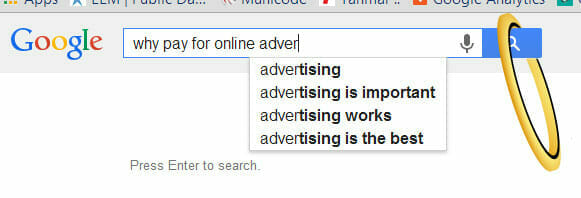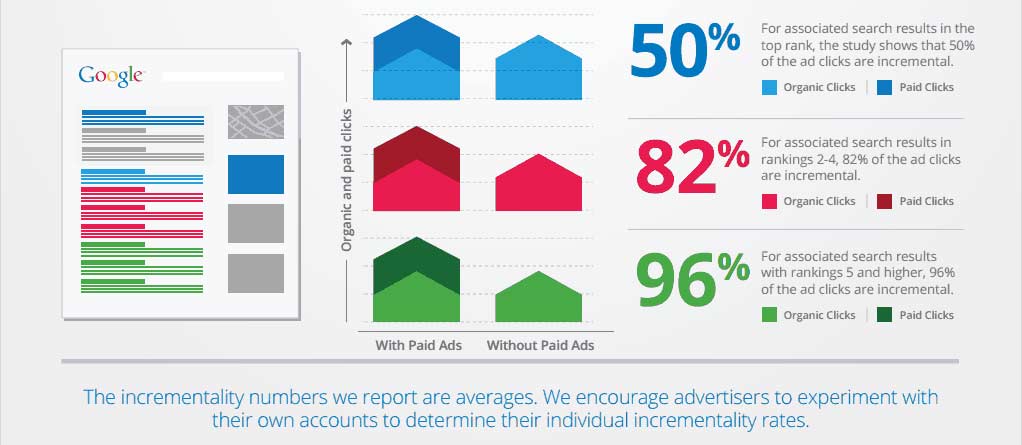 2014, My first and last trip to WordCamp San Francisco. Why first? Economics and because WordPress has become our primary website creation toolset. Did you know that, as of the time of this article, ~23% of all websites use WordPress.* Why my last? Because it’s changing. Matt Mullenweg made a huge announcement at the event that #WCSF14 has outgrown itself.
2014, My first and last trip to WordCamp San Francisco. Why first? Economics and because WordPress has become our primary website creation toolset. Did you know that, as of the time of this article, ~23% of all websites use WordPress.* Why my last? Because it’s changing. Matt Mullenweg made a huge announcement at the event that #WCSF14 has outgrown itself.
WordCamp started in San Francisco in 2006 and the WordCamp Central team have done a great job of supporting the event. Because Matt and Automattic are located in SF, it’s become the defacto WordPress PR event of the year. Matt even comes to give his State of the Word presentation and the Saturday Afterparty is held at Automattic HQ. Historically, They’ve been tightly tied together.
With over a thousandish attendees, looking forward to the main event each year, something had to give. Though the presentations were amazing, you could tell that the faciilities were maxed out. The food was amazing but it was evident that 1000 people eating all at once was rough. Not bad, just logistically tough.
Something new is coming. It’s been described potentially as WordCamp North America, WordCamp USA, WordCamp Central (to mimic the team that drives it, or just WordCamp. We’ve heard rumors that the event will still be in San Francisco, but at another venue or that the WordCamp Central team may pick a different city/team each year, like the decision process for the Olympics.
We’re eager to see how it comes out for 2015 and we will likely attend. If it is a changing venue, we’d love to see the event help to prop up a city that could use the business instead of the old stand-bys. I’ve been to Vegas, Chicago, LA and New York for far to many conferences. Variety please. How about Detroit? Cost effective accommodations and capacity to spare.
http://w3techs.com/technologies/details/cm-wordpress/all/all



